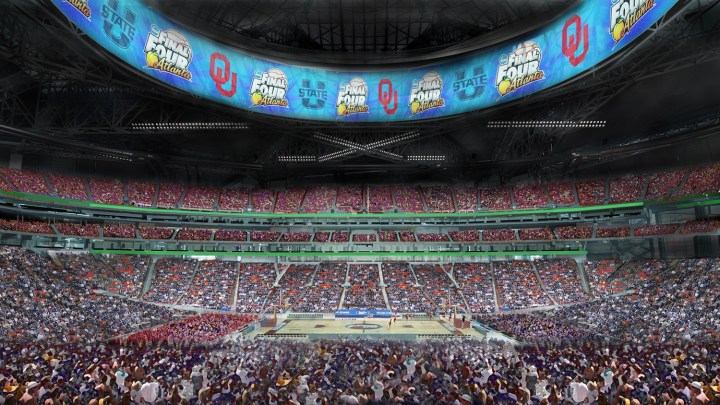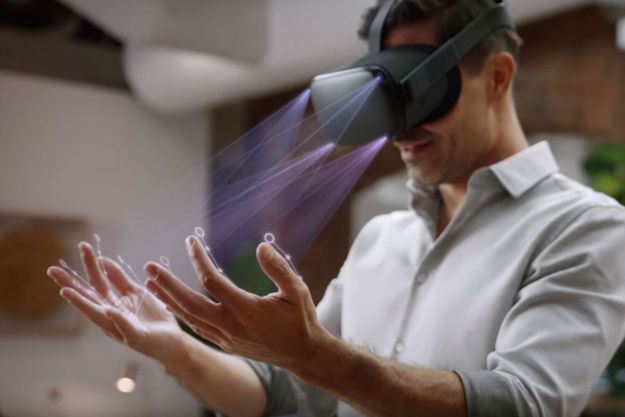
Through the NCAA March Madness Live VR app, fans will be able to watch games from the Sweet 16 and Elite Eight in virtual reality for the first time, along with the Final Four, and national title game. According to the NCAA’s official announcement, fans will only be able to get a virtual courtside seat for up to six of the 15 games. The six games will include the three regional games from San Jose, California, the two Final Four games, and the national championship.
The gold package charges $3 per game or $8 to purchase six games. The silver package only charges $2 per game but does not offer an option to pay for six at a discounted price. The gold package gives you views from multiple courtside cameras, sounds from inside the arena, and sports commentary exclusively for those watching in VR. With the silver package you only get to see the game from one courtside camera, and the same game commentary you would get from watching the game on TV.
In 2016, the app streamed the two Final Four games and the national title game between the University of North Carolina and eventual winner Villanova University for free. This year, the Sweet 16 has quite a few marquee matchups, including UCLA prodigal talent Lonzo Ball facing against the machine that is coach John Calipari’s University of Kentucky.
When you can buy these VR tickets has yet to be announced, but should be the closer we get to Thursday’s initial games. The NCAA March Madness Live VR app is available to download now via the Oculus store.
The Sweet 16 and Elite Eight will run between Thursday and Sunday on TBS, TNT, TruTV, and CBS.
Editors' Recommendations
- March Madness 2024 live stream: Where to watch the Elite Eight of the NCAA Tournament
- March Madness 2024 live stream: Where to watch the Second Round of the NCAA Tournament
- March Madness 2024: how to watch the 2024 NCAA First Four live stream
- This quirky humanoid robot can be teleoperated using a VR headset
- Iconic music venue will present live gigs you can watch in VR from your home


